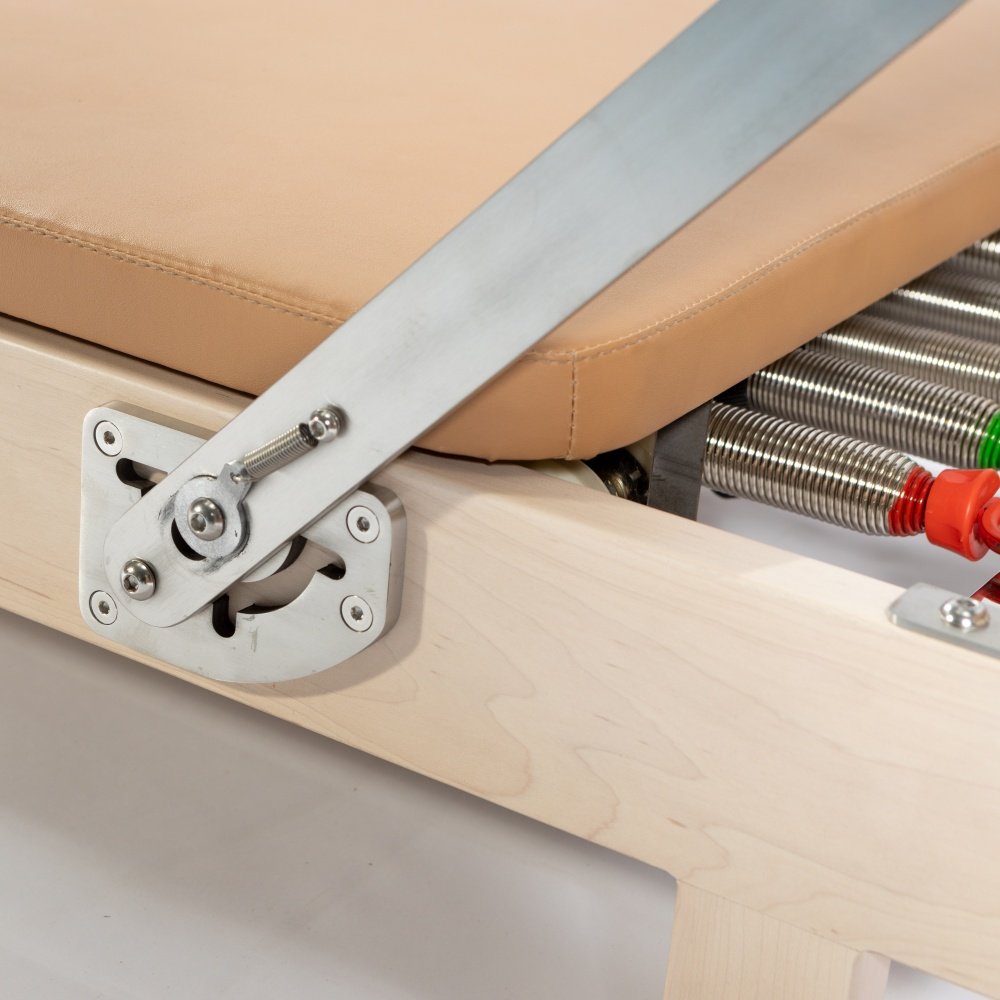Blog
Reconstruction of Family Fitness Scenarios: Analysis of Long term Behavioral Patterns in the Post Pandemic Era

The global health crisis has profoundly reshaped public exercise habits, transforming home fitness from a temporary solution into a mainstream lifestyle. Consumers now prioritize space-efficient designs and multi-scenario adaptability when selecting equipment. Features such as foldable structures, silent motors, and digital interfaces have become key demands. While traditional gyms’ social aspects are hard to replicate, online communities and virtual challenges are fostering new forms of social connection among home exercisers.
This shift is compelling manufacturers to rethink their product portfolios. Entry-level devices must balance affordability with functionality to attract first-time users, while high-end markets demand professional-grade performance and personalized data tracking. Notably, the “fitness-as-furniture” trend is emerging, with equipment designs blending into home aesthetics—wooden dumbbell racks and sleek exercise bikes that double as decor.
Industry-wide, collaborations between content platforms and hardware companies are rising. Custom programs co-created by fitness influencers and brands significantly boost sales, reflecting a “content-hardware” synergy that enhances user engagement and positions fitness equipment as integrated service hubs. Future advancements may see home devices integrate with smart home systems, enabling seamless data sharing between workout metrics and health monitors.









